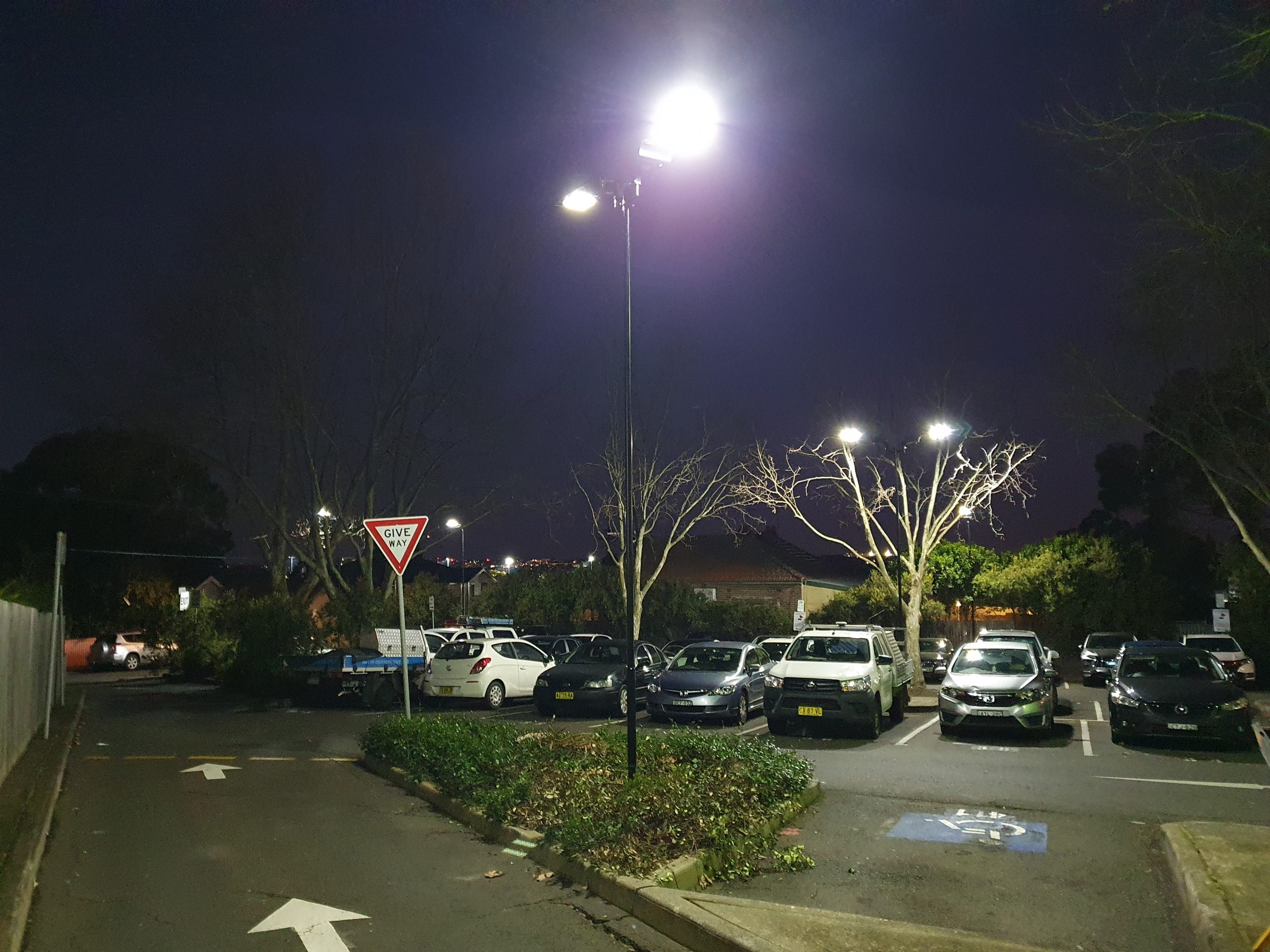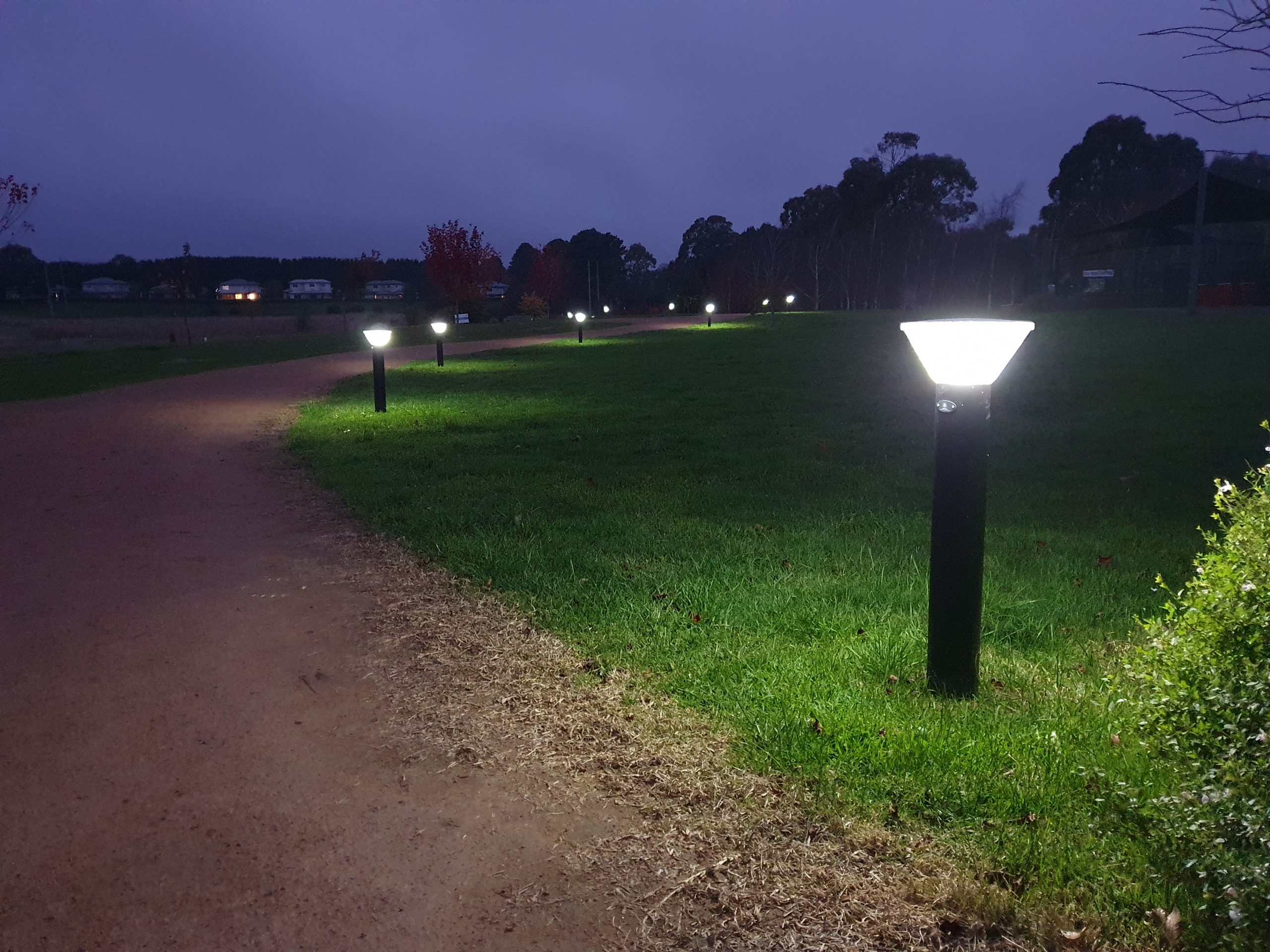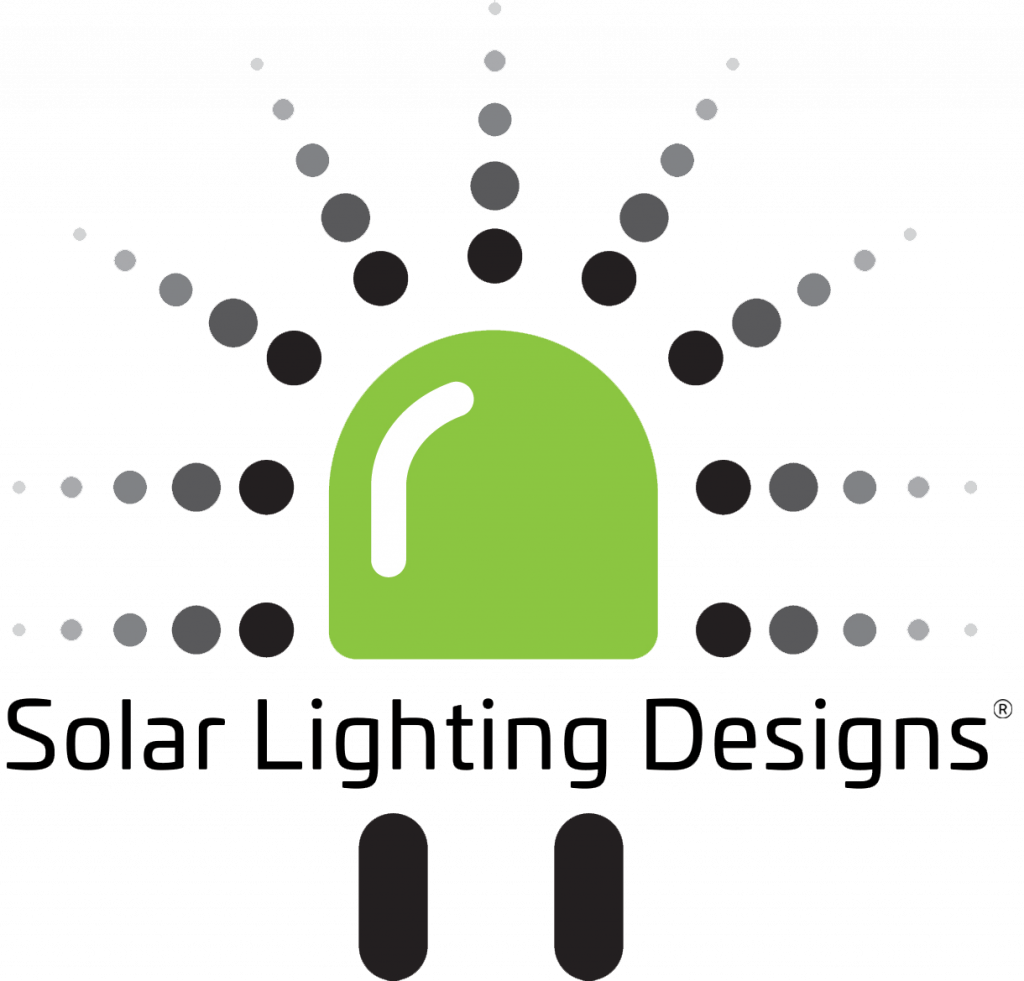The Role of Solar Street Lights in Smart Cities
Solar Street Lighting In Urban Development As cities worldwide strive towards more sustainable and intelligent infrastructure, the adoption of solar street lighting has emerged as a cornerstone in building the smart cities of the future. Solar street lights, powered by photovoltaic (PV) panels, not only offer a greener alternative to traditional street lighting but also present an array of benefits aligned with the smart city ethos. This blog post delves into the pivotal role solar street lights play in smart cities, underlining their importance in environmental sustainability, economic savings, and enhanced public safety. The Shift Towards Sustainable Urban Lighting The transition to solar street lighting reflects a broader commitment to renewable energy sources amid growing environmental concerns. By harnessing the sun’s power, cities can significantly reduce their carbon footprint, combating climate change while promoting a cleaner, healthier urban environment. This shift is not just about adopting new technologies; it’s about rethinking urban spaces to foster communities that prioritise sustainability and resilience against the backdrop of global environmental challenges. Economic and Operational Advantages Beyond environmental benefits, solar street lighting offers compelling economic advantages. The initial investment in solar lighting can be offset by the long-term savings on electricity bills and maintenance costs. Solar street lights are designed to be durable and require minimal upkeep, making them a cost-effective solution for city planners and municipalities. Moreover, the autonomy of solar lighting systems reduces dependency on the grid, ensuring consistent lighting even during power outages, further contributing to the safety and security of urban areas. Solar Street Lighting: A Key Component Of Smart Cities Smart cities leverage digital technology to enhance performance, well-being, and reduce costs and resource consumption. Solar street lights fit seamlessly into this vision, offering more than just illumination. Equipped with IoT (Internet of Things) capabilities, solar street lights can be remotely monitored and controlled, providing valuable data on usage and performance. This integration allows for efficient energy management and predictive maintenance, reducing operational costs and ensuring the reliability of urban lighting systems. Enhancing Public Safety and Quality of Life The role of solar street lighting in improving public safety cannot be overstated. Well-lit streets deter crime and reduce traffic accidents, creating a safer environment for pedestrians and drivers alike. Furthermore, the aesthetic and functional aspects of solar street lights contribute to the quality of urban life, making public spaces more inviting and accessible after dark. By improving visibility and security, solar street lights play a crucial role in fostering vibrant, active communities. Environmental Impact and Sustainability Solar street lights exemplify the principle of sustainable urban development. By utilising renewable energy, these lighting systems minimise the ecological footprint of city infrastructure. The reduction in greenhouse gas emissions and the conservation of non-renewable resources underscore the environmental stewardship that solar street lighting promotes. As cities continue to grow, integrating sustainable solutions like solar street lights becomes imperative to achieving a balance between development and environmental preservation. Technological Innovations In Solar Street Lighting The evolution of solar street lighting technology has been instrumental in its adoption within smart city initiatives. Modern solar street lights are a far cry from their early predecessors, offering improved efficiency, reliability, and integration capabilities that align with the demands of urban infrastructure. High-Efficiency Photovoltaic Panels and LED Lights Advancements in photovoltaic (PV) technology have significantly increased the efficiency of solar panels, enabling them to capture more sunlight and convert it into electricity more effectively. When paired with high-efficiency LED lighting, which requires less power to produce bright light, these systems can operate reliably even in regions with less intense sunlight or during periods of inclement weather. Smart Control and Connectivity The incorporation of smart technologies into solar street lighting systems has transformed how cities manage their public lighting. IoT sensors and connectivity allow for real-time monitoring and control of each light, enabling adjustments to brightness based on the time of night, traffic levels, or specific events. This not only enhances energy efficiency but also contributes to a dynamic urban environment that can adapt to the needs of its inhabitants. Battery Technology and Energy Management The development of more efficient and durable batteries has been crucial for the storage of solar energy, ensuring that solar street lights can operate throughout the night and remain functional during overcast days. Modern systems employ sophisticated energy management algorithms to optimise battery charge and discharge cycles, prolonging the lifespan of the battery and reducing the need for maintenance. Implementing Solar Street Lights In Smart Cities The successful integration of solar street lighting into smart cities involves strategic planning and execution. Here are key considerations and steps for municipalities looking to adopt this technology: Site Assessment and Planning A thorough assessment of the proposed installation sites is critical to determine the optimal placement of solar street lights. Factors such as sunlight exposure, the existing infrastructure, and the specific lighting needs of each area must be considered to ensure the effectiveness of the lighting solution. Community Engagement and Stakeholder Involvement Engaging with the community and other stakeholders is essential for the successful implementation of solar street lighting projects. By involving residents, businesses, and local organisations in the planning process, cities can ensure that the project meets the community’s needs and gains broader support. Scalability and Integration with Other Smart City Systems For solar street lights to contribute effectively to the smart city ecosystem, they must be scalable and easily integrable with other smart technologies. Planning for future expansion and ensuring compatibility with existing and future systems can maximise the benefits of solar street lighting for smart cities. Overcoming Challenges Despite the clear benefits, the adoption of solar street lighting faces several challenges, including upfront costs, technical limitations, and the need for skilled maintenance. However, with strategic planning, financial incentives, and the continuous advancement of technology, these challenges can be addressed. Municipalities can seek grants, partnerships, and innovative financing models to mitigate costs, while ongoing training and development programs can ensure a skilled workforce is available to support the deployment and maintenance of solar street lighting systems. Broader











